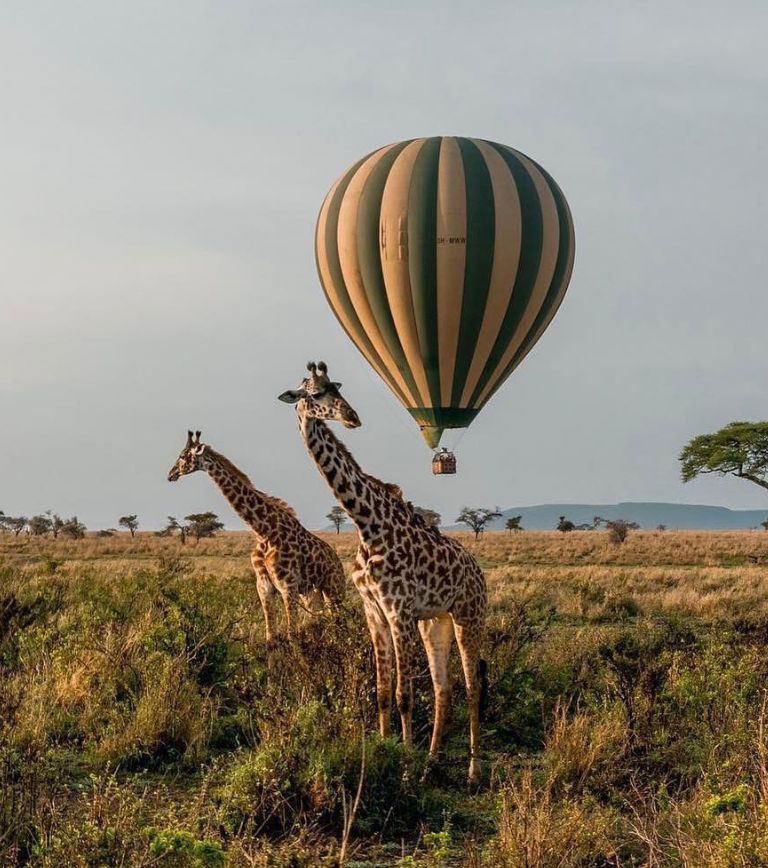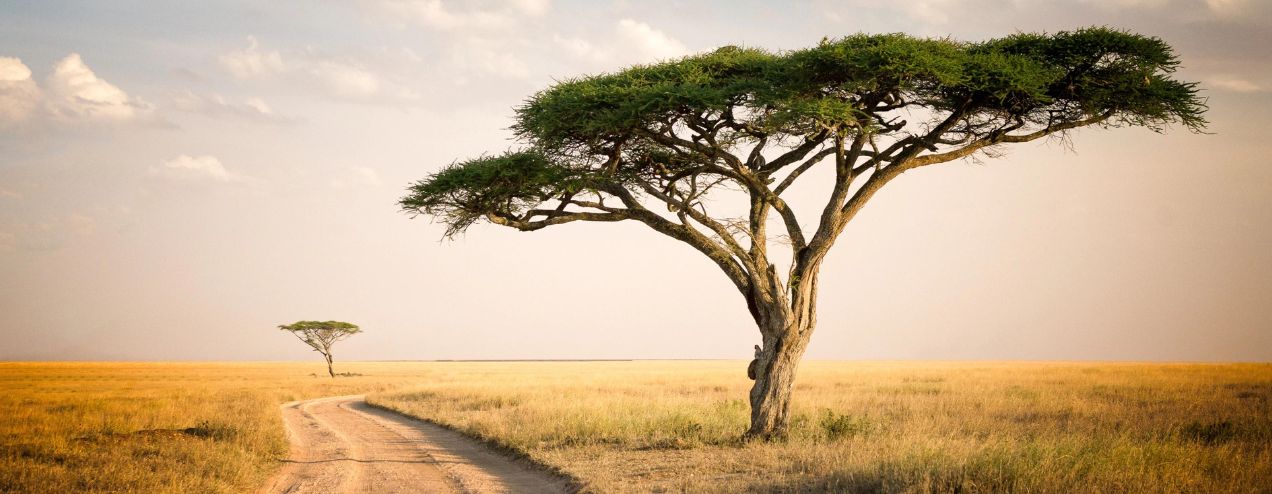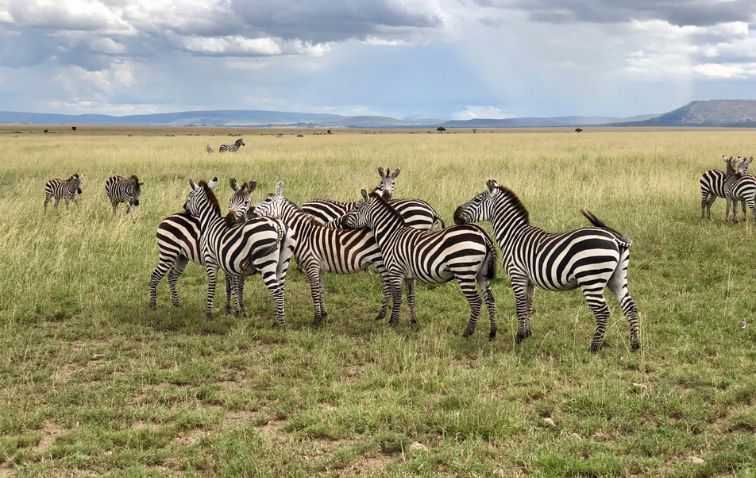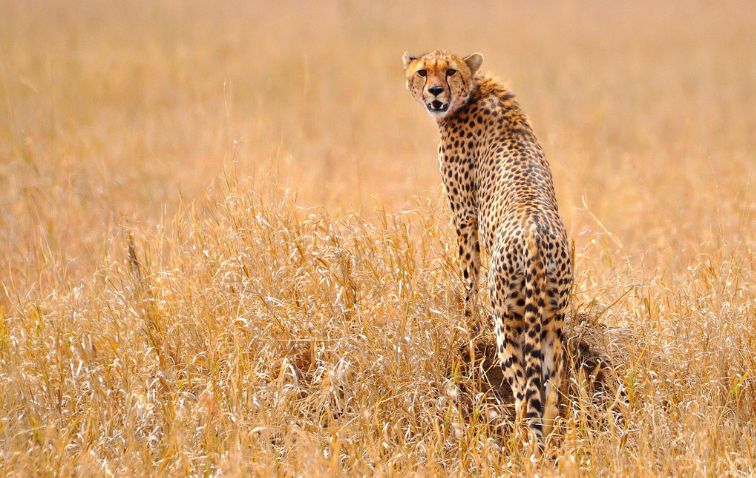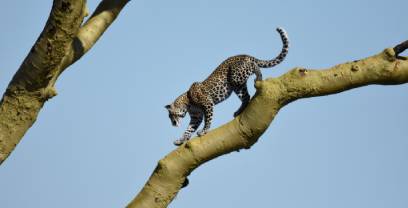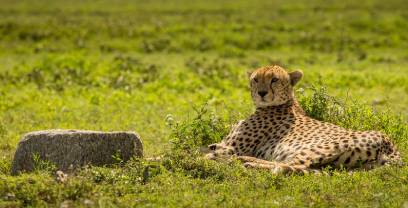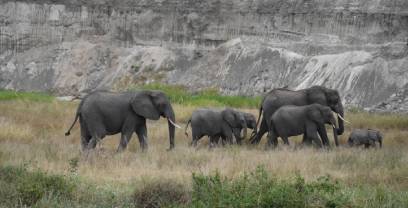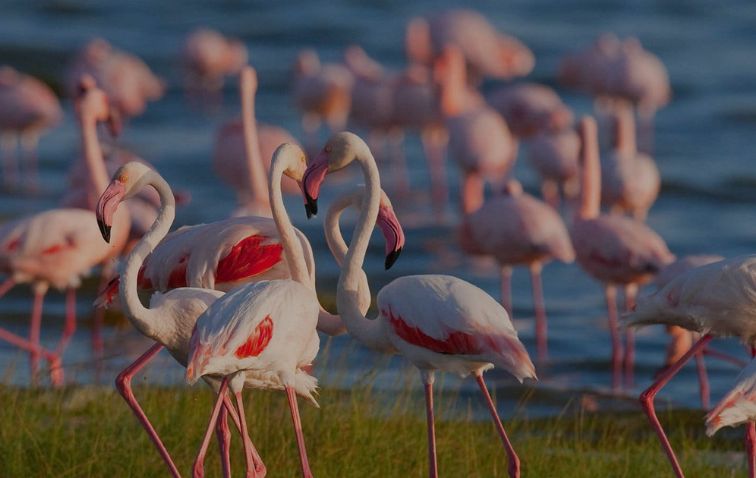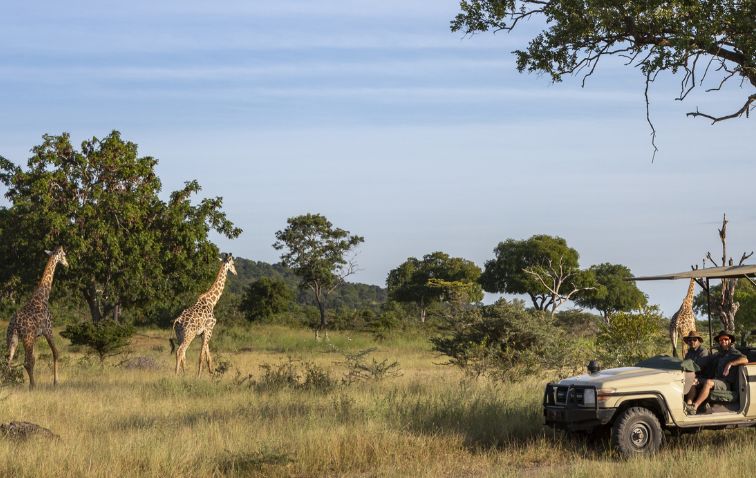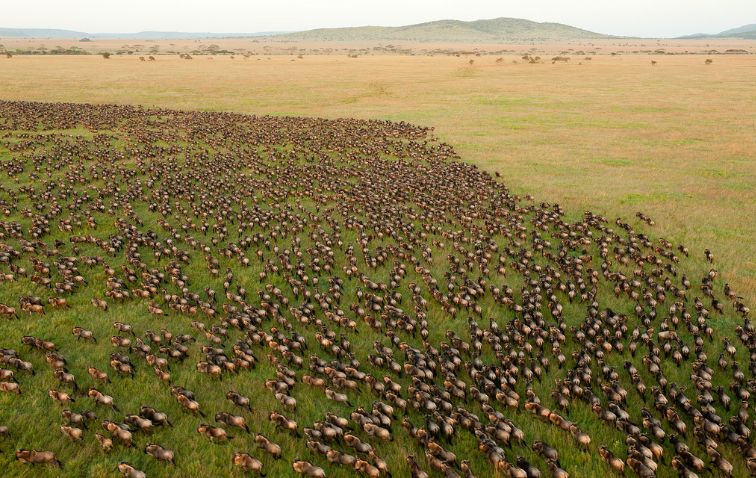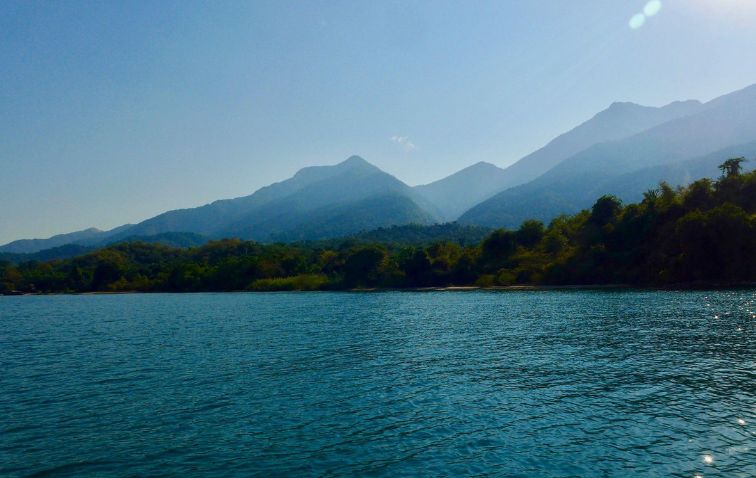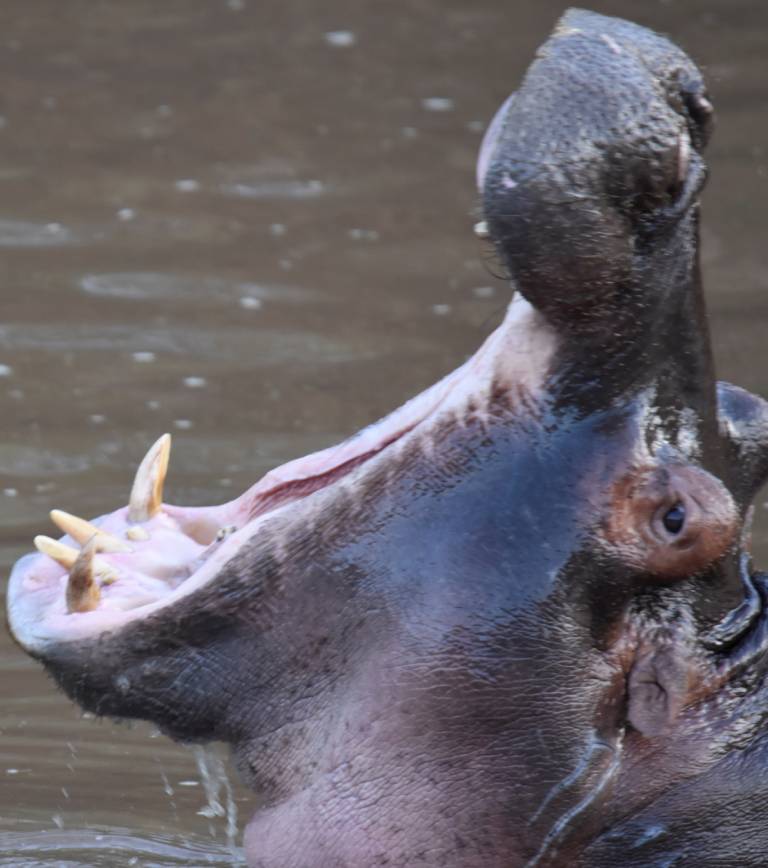
The Serengeti Highs, Echoing Calls Of Adventure!
The Serengeti National Park, a place of unforgettable moments, holds a special place in every traveler’s heart. Perhaps it's the breathtaking vista from Naabi Hill, where endless grasslands meet the horizon, or the sight of a lion coalition striding across open plains, the Serengeti leaves a permanent mark that is for sure. It's where millions of wildebeest and zebra follow the ancient rhythm of the seasons on a remarkable migration. Whatever the reason may be, welcome to one of the world's premier wildlife-watching destinations, made even more extraordinary with Simba Safaris.

